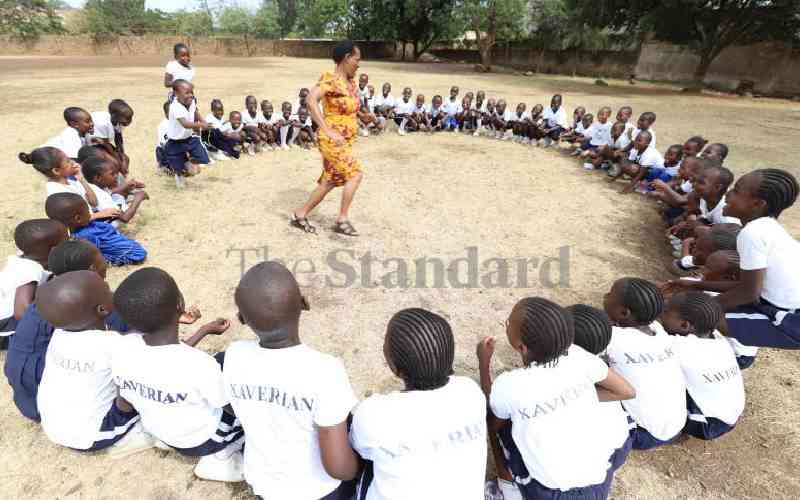×
The Standard e-Paper
Stay Informed, Even Offline

With less than two weeks to reopening of schools, there is a sharp contrast in the preparedness to host junior secondary between public and private primary schools.
A spot check by The Standard established that a majority of the private primary schools are steps ahead of most public schools in their readiness for the pioneer junior secondary class.